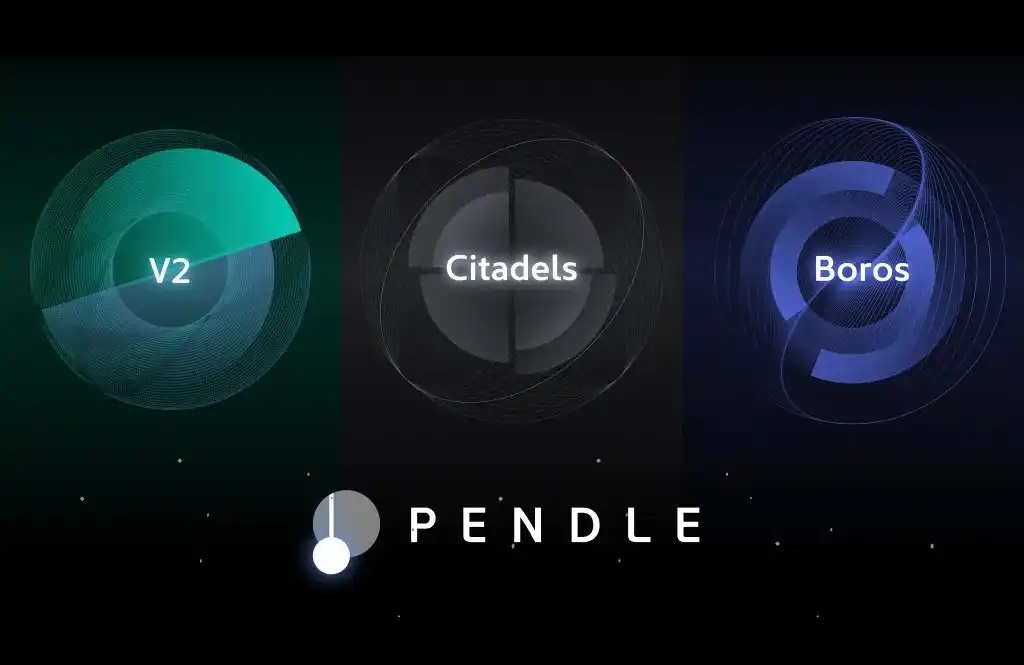Should Ethereum abandon the concept of "ultrasonic currency"?
Original author: @0xBreadguy
Original translation: Peisen, BlockBeats
Editor's note:
Due to the reduction in transaction fees on the Ethereum network caused by the Dencun upgrade, the amount of Ethereum destroyed has dropped to one of the lowest levels since Merge. CryptoQuant analysts said that the Dencun upgrade has made Ethereum inflationary again, which may undermine its characteristics as an "ultra-sound" currency. @0xBreadguy discussed on social media whether the concept of "ultrasound currency" should be abandoned.
It is crucial that Ethereum stop promoting the concept of "ultrasound currency" - but I'm not sure if this is a good thing or a bad thing.
Why do you say that? Because users are now being asked to migrate off mainnet, it is unlikely that we will see L2 re-achieving the levels of sustained ETH destruction seen before Dencun (March 2024).
The current situation of L2 is:
· Collect execution rewards
· Own user relationships
· Scaling throughput while keeping costs relatively fixed on Ethereum (better with Alt-DA)

Image source: @growthepie_eth
The future we envision
There has always been a user migration gap in the modularization roadmap, that is, when on-chain participants move to their favorite L2 solution or solutions, the mainnet activity will decline, which is foreseeable.
The overall flow trend of users is as follows:

Image source: @growthepie_eth
Activity will decline as a small fraction of users will spread across several early L2 solutions, mainnets, and alternative L1s.
These users will then be replaced by a large number of new L2 networks coming online that compete for the same blockspace we once minted Monkey Warrants.
Demand for ETH blockspace (driven by less cost-sensitive users (L2)), burn mechanisms are back on the table, and the ecosystem is both ultrasonic (ETH is gradually becoming inflation-free) and attracting the masses through scalable L2s. Very cool.
After Dencun, though, things are a little different.
What We’re Seeing
Now that blobspace has been introduced and L2 can handle the majority of transactions at a 10x discount, we’re seeing another trend emerge:
A single L2 is handling an increasing number of transactions and throughput while keeping costs to Ethereum relatively stable.
Here are Base’s metrics over the past 90 days:
· Transaction volume increased by ~75%
· Throughput increased by ~100%
· Payments to Ethereum remained the same

Image source: @growthepie_eth
What happens when a single L2 ecosystem grows indefinitely without incurring additional ETH costs? These L2 ecosystems eat up other L2 users without increasing the amount of ETH burned.
They act like a black hole, sucking in users from the Ethereum ecosystem. This means you (most likely) end up with something like this:

Image source: @growthepie_eth
The power law effect is starting to show, with the dominant L2 solutions attracting a disproportionate number of users, while Ethereum utilization remains low because the cost of posting data to Ethereum remains relatively unchanged despite growth.
This is why I think it’s time to abandon the concept of “ultrasonic money”: because it may not be a significant factor for a long time (especially on crypto timescales).
I’m also not sure if this is a bad thing. If you want ETH to be the chain used for settlement and security now, rather than the user chain, inflation is not necessarily a bad thing, it helps to increase liquidity and propagation in all these ecosystems.
Making ETH (artificially) scarce would hinder these properties (see: Bitcoin). Still, the concept is certainly interesting, and that’s important.
Additional Thoughts
· As a reminder, these are comments on the concept of “ultrasonic money”, not an outlook on the asset itself, which I remain optimistic about.
· I think the core devs would be better off continuing to push the modularity roadmap, rather than switching entirely to scaling L1. They should try scaling L1 earlier and longer before giving in to L2, but at a time when user education and further benefits to L2 economics would bring more benefits.
· Do some optimizations (block times) to reduce unnecessary complexity, like pre-confirmations, but keep the direction intact.
· The importance of an ETF for ETH cannot be overstated. They are structural game changers, and all of these topics will be irrelevant to them in the next few years.
· Ironic that L2s abusing ETH in this way is bullish? If I were a corporate entity looking to monetize my user base, Coinbase has laid out the perfect blueprint for me. Therefore, I will still stay in the Ethereum ecosystem, perpetuating the concept, but in an extractive position. Not sure which side of this pendulum is more important.
Welcome to join the official BlockBeats community:
Telegram Subscription Group: https://t.me/theblockbeats
Telegram Discussion Group: https://t.me/BlockBeats_App
Official Twitter Account: https://twitter.com/BlockBeatsAsia
 Forum
Forum OPRR
OPRR Finance
Finance
 Specials
Specials
 On-chain Eco
On-chain Eco
 Entry
Entry
 Podcasts
Podcasts
 Data
Data


 Summarized by AI
Summarized by AI







